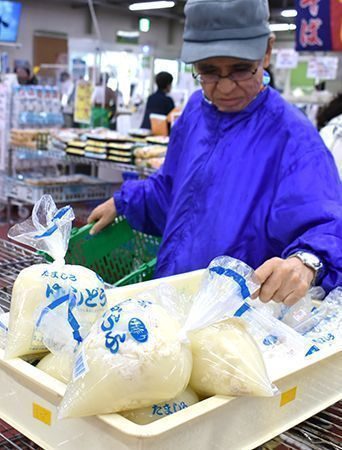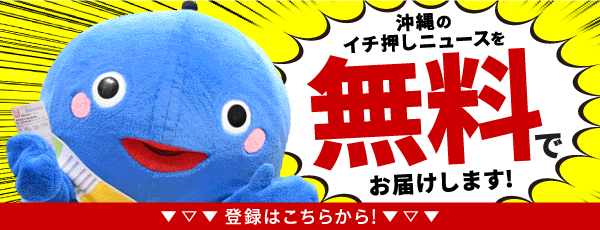
July 17, 2022 Ryukyu Shimpo
By Yuki Nakamura
The “Achi ko-ko- Okinawan-style tofu” has long been beloved by Okinawans. However, the Hazard Analysis and Critical Control Points (HACCP), an internationally-recognized food safety methodology, became mandatory in Japan in June of last year, making it difficult to manage the hot island tofu. It has been over one year since these stricter management rules went into effect. Okinawan-style tofu makers have been going out of business, which has led to a decrease in the amount of the good being produced, which in turn has led to barely stocked shelves in stores. The cost of soy beans has also been on the rise, and while the tofu is greatly popular, there has been no choice but to raise the price, putting the Okinawan-style tofu industry in a tough spot.
In order for the hot Okinawan-style tofu to meet HACCP standards, it has to be kept above 55 degrees Celsius at the time of delivery. If the temperature drops below 55 degrees after delivery, it needs to be consumed within three hours, or else it needs to be refrigerated.
Among tofu makers, there are many who are unable to keep the tofu at temperature, and have either reduced the amount of Okinawa-style tofu produced, or simply ceased producing it altogether in favor of producing packaged tofu instead. Under the HACCP standards, the amount of Okinawa-style tofu on the shelves has decreased by around 20% at the major supermarket San-Ei, and one employee says, “The demand for it hasn’t changed at all, but since last year there just hasn’t been as much available.”
(English translation by T&CT and Sam Grieb)



